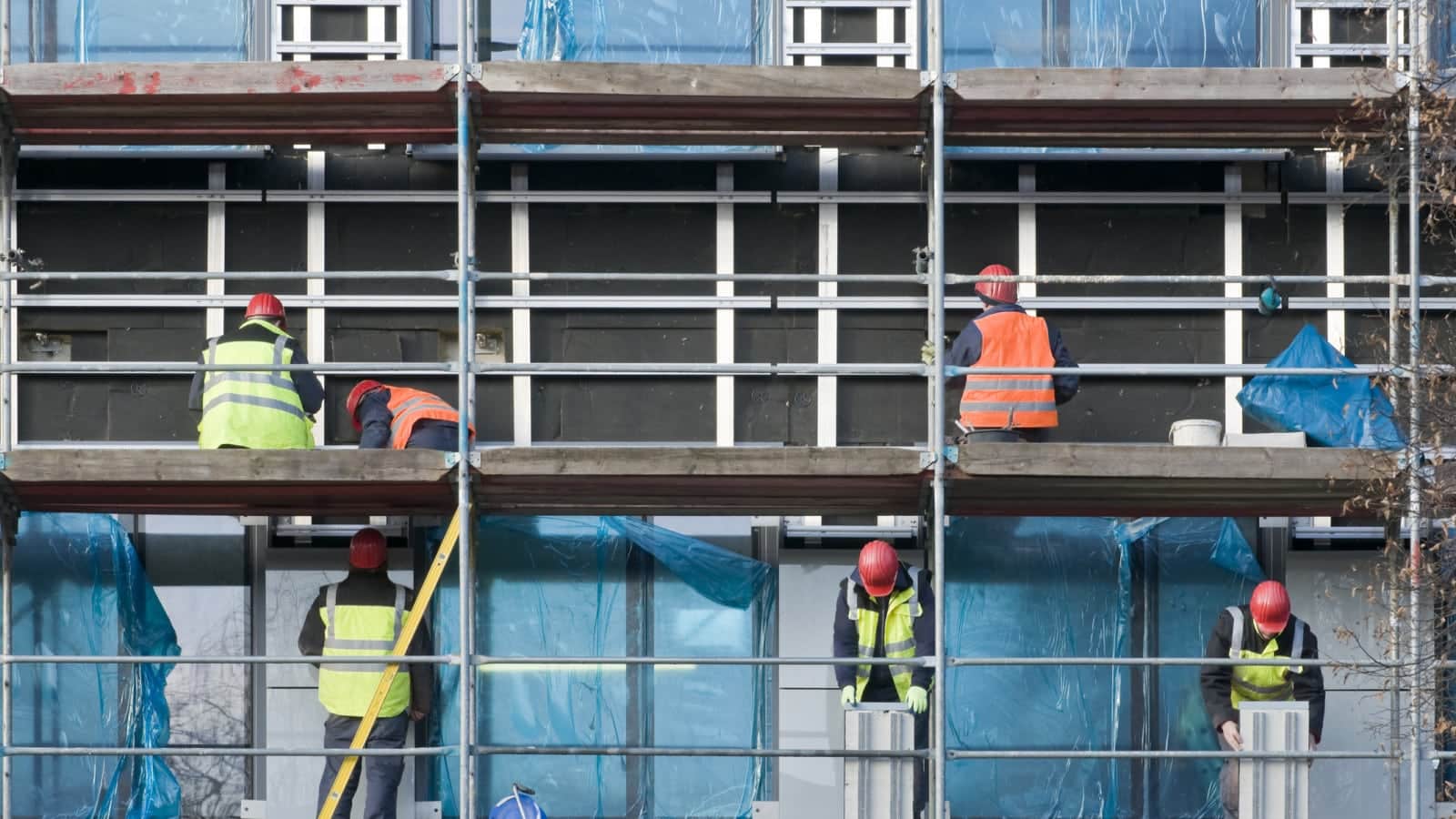One of the leading causes of death in the construction industry is due to falls. This includes a variety of situations, including falls from scaffolding. Unsafe scaffolding can result in accidents and fatalities, which has a dramatic effect on workers and their families.
In most work injuries, the worker will assert a claim under traditional workers’ compensation. However, there are occasions where scaffolding accidents may need to involve a personal injury lawsuit as well. A personal injury attorney will be able to evaluate your situation and determine how you should best assert your legal rights after a scaffolding accident.
OSHA Safety Standards for Scaffoldings
The Occupational Safety and Health Administration is a federal body that provides safety standards for a variety of workplace activities. They have specific standards related to scaffolding as well, particularly how to construct, maintain, and use scaffolds. States also often their own regulations as well. A violation of these rules can be good evidence of breaching a duty of care in a personal injury case.
Some of the most common violations include problems with the following regulations.
- The scaffold is required to support at least four times the necessary anticipated weight.
- The scaffold should never be supported by loose objects.
- There should be a 12-inch overlap for each plank.
- Lean-to scaffolds are not permitted.
- Overhead protection should be provided if necessary.
- Planks should extend over the end supports by at least six inches.
- Debris, including tools and materials, should not accumulate or be stored on scaffolding.
Although these are the most common violations, any breach could result in legal liability.
Scaffolding Accident Lawsuits
When an employee is injured because of a scaffolding accident, workers’ compensation will usually step in to cover medical treatment and related issues. However, not every worker at a construction site is considered an employee, which will mean that workers’ compensation will not apply. Construction workers may be regarded as independent contractors, but they still have legal options.
In a personal injury lawsuit that involves a scaffold, the worker or injured person will need to prove the following factors:
- The defendant had a duty to provide safe equipment for the worker
- The defendant breached (or failed) that duty
- The failure harmed the worker and resulted in injuries or other damages
Generally speaking, the individual or company that is responsible for the maintenance of the scaffold could potentially be liable after an accident. This is usually the party that owns, moves, and provides the scaffold, but not always.
Whenever a scaffold collapses, there was likely a breach of the duty to provide safe equipment to workers. This is generally true because safe structures do not collapse. That means that we know some type of violation occurred even if the cause is not completely clear.
Keep in mind, however, if workers’ compensation applies to the situation, then it does not matter what actually caused the accident. You will only need to prove a breach of a duty if workers’ compensation does not apply.
Scaffolding accidents may result in serious injuries, so it is important to assert the right kind of legal claim. A workers’ compensation and personal injury attorney can be a valuable asset. Contact Jim Glaser Law today at 781-689-2277 or fill out our online form to request a free case evaluation.

















